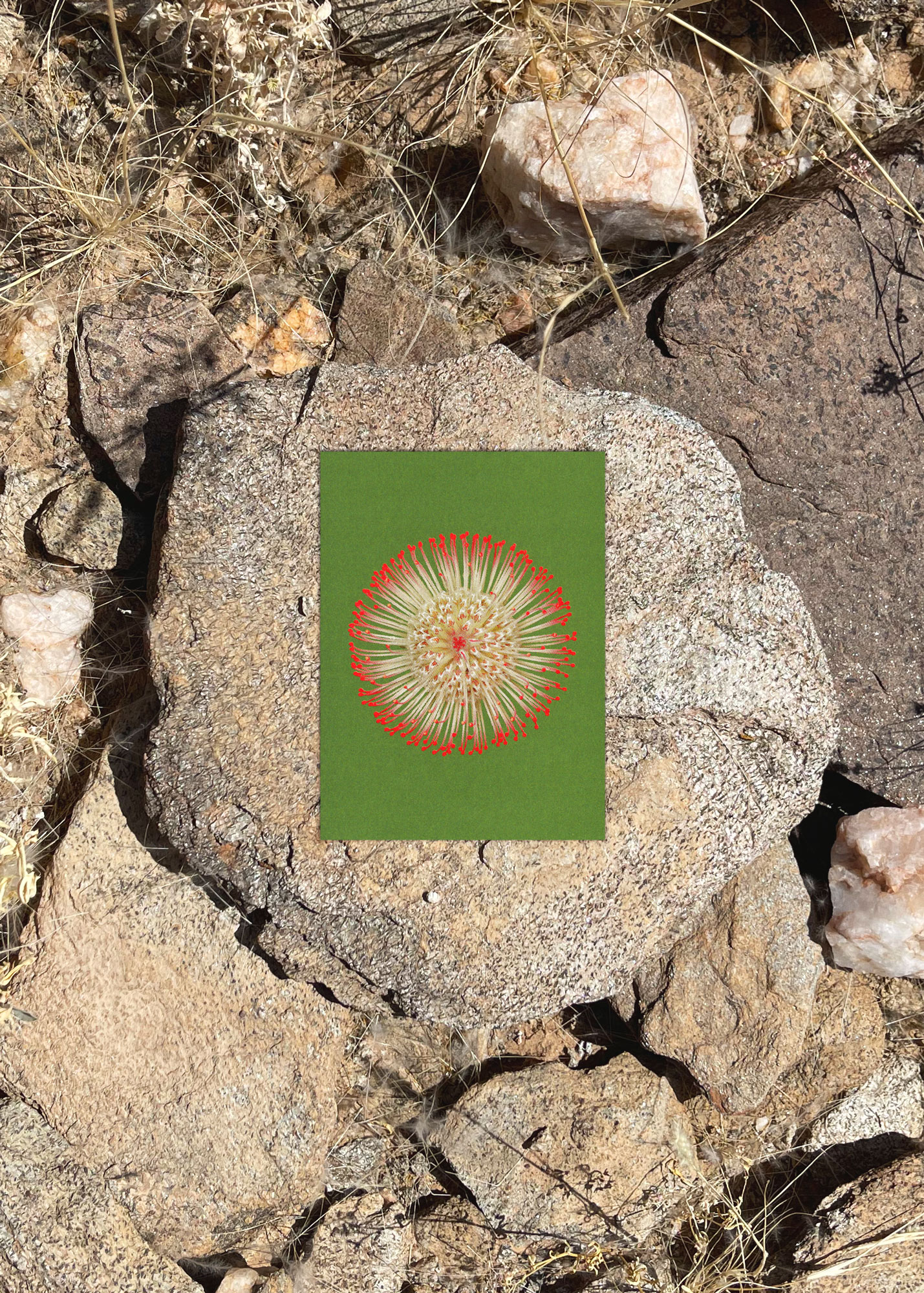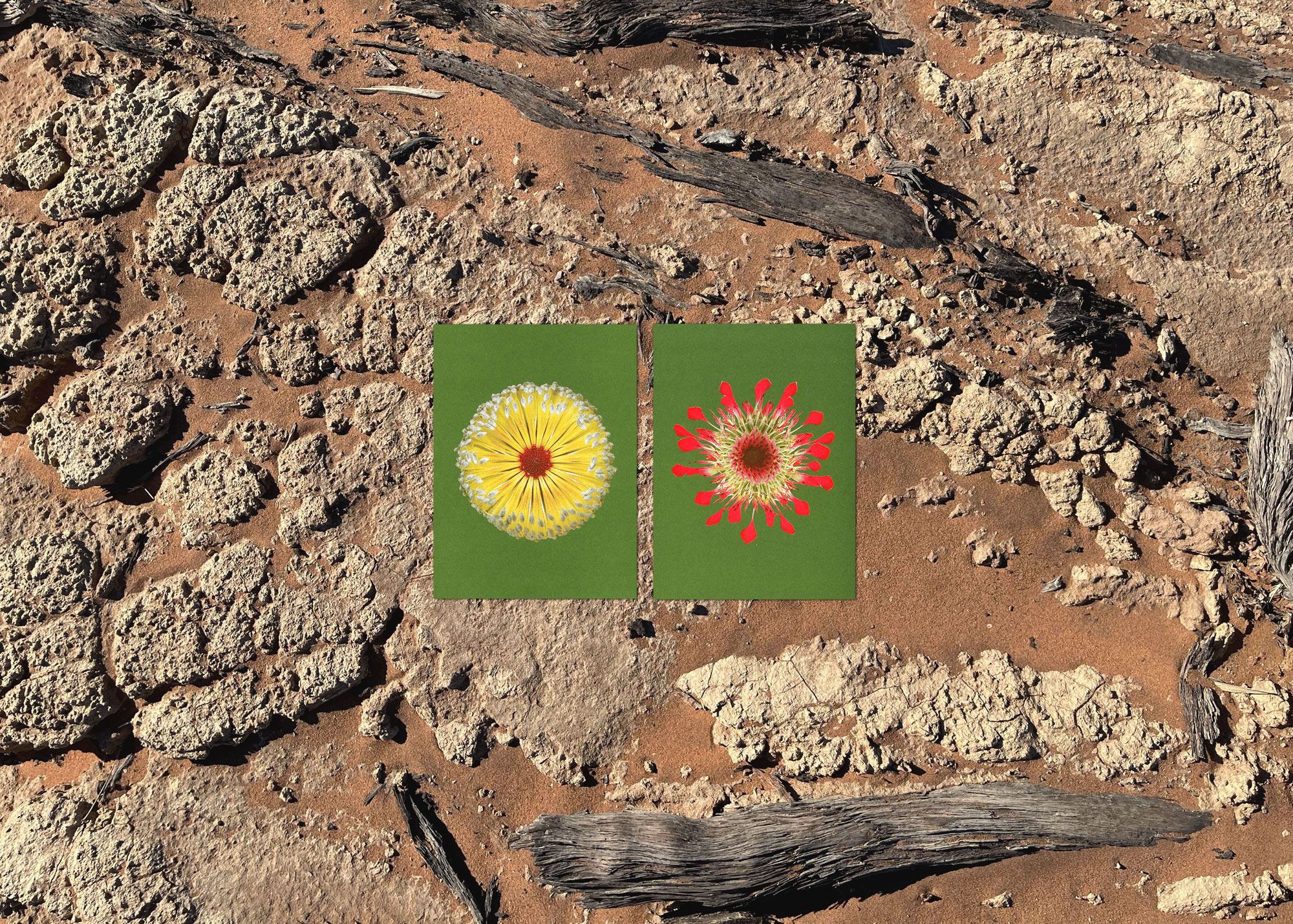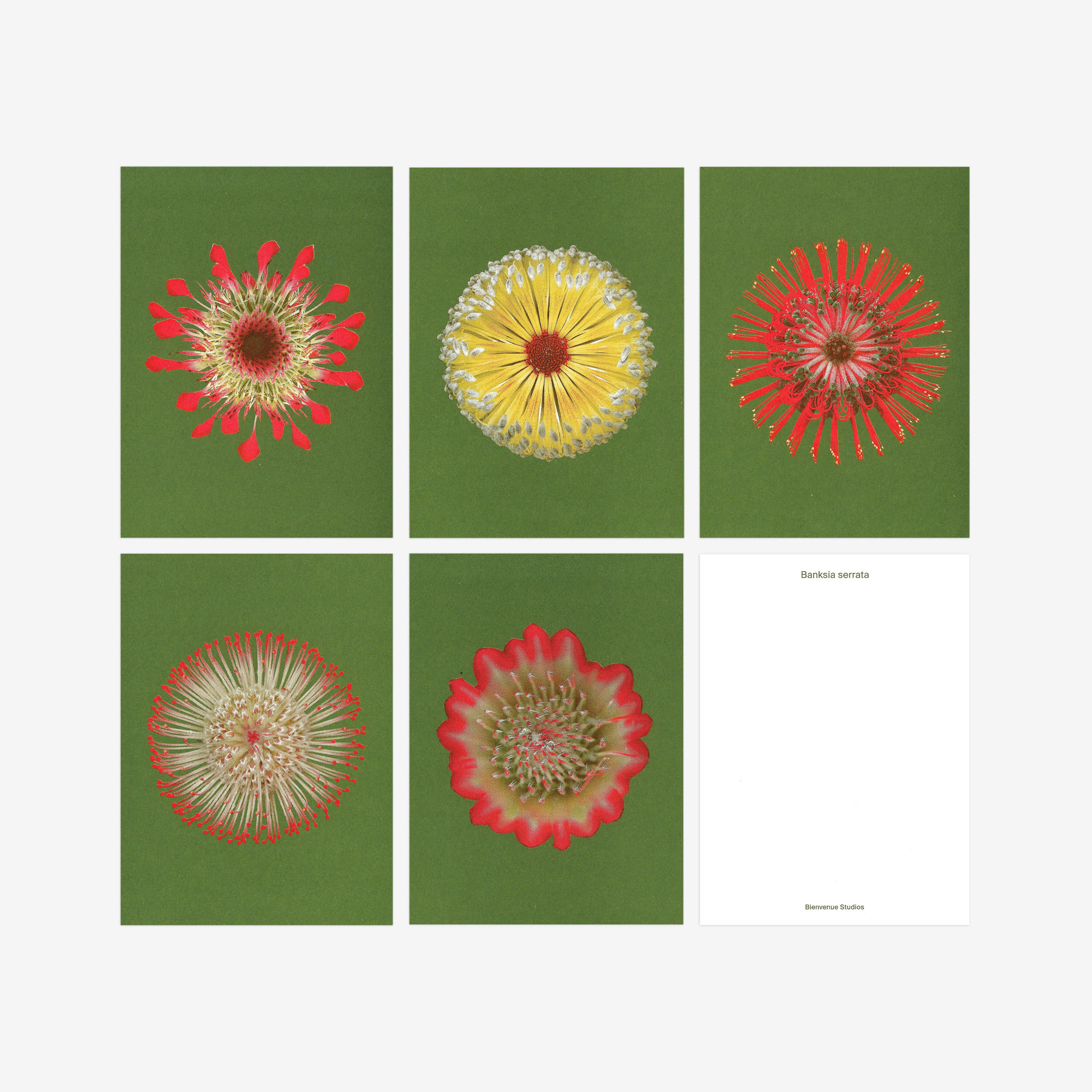
Fire Flowers
They use fire to be reborn, and most of their species are over 90 million years old: the colorful so-called silver tree or proteus plants that are the focus of our new edition are fascinating plants with a turbulent history.
They have been on our radar for a long time – these striking and fantastic flowers. Their appearance and exciting history make them another distinctive Bienvenue edition. The silver tree family, or Proteus family (Proteaceae), is a plant family in the order Silver Trees (Proteales). The approximately 77 genera with about 1600 species occur especially in the southern hemisphere. The individual species of the Proteaceae are very different in their shape, appearance and especially their leaves. This is due to the fact that they already occurred on the supercontinent Gondwana, from which the continents of the southern hemisphere were formed, as Cretaceous coal deposits of their pollen show. Thus most species are already over 90 million years old! Since the continents split off, they have evolved very differently, as shown by the great diversity with which these flowers present themselves to the world.


Through fire to new life
In their native ranges, where natural wildfires are common, proteas have developed two abilities to adapt to the harsh environment. Some species are simply consumed by fire and die, but fire stimulates them to release their seeds, which have a hard and fire-resistant seed coat. The nutrient-rich ash is just the right breeding ground for the seeds to sprout and thus be reborn by the fire. The advantage for the plants here is that after a fire, the site is almost free of vegetation and the soil has been well fertilized by the ash. This phenomenon is called fire trees or pyrophytes. Another part of the species abandons the above-ground part and uses the thick underground stems to survive a disaster; the dormant buds are revived after the fire and continue to grow.

Many traditional cultures use Proteaceae as food (nuts), for medicine, for curing animal hides, as a source of dyes, or as firewood or lumber. Many species are popular for their beauty, so they are often used in horticulture. Unfortunately, this use has led to the unwanted introduction of exotic species, and they have become invasive; examples include Hakea willow (Hakea salicifolia) and silk Hakea (Hakea sericea) in Portugal. Proteaceae are particularly vulnerable to habitat destruction or fragmentation and are severely affected by climate change. It would be a shame if we were to lose these wonderful fireworks of nature.



